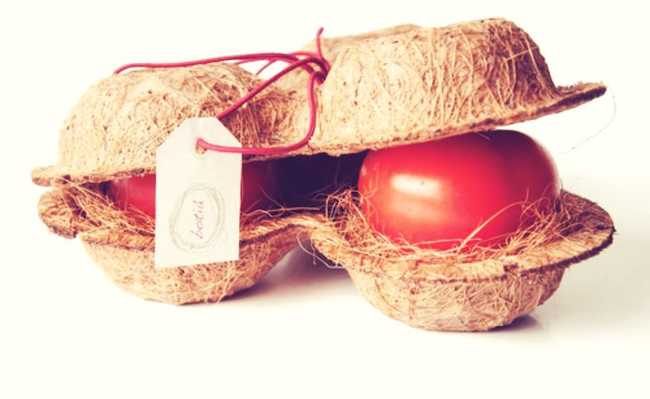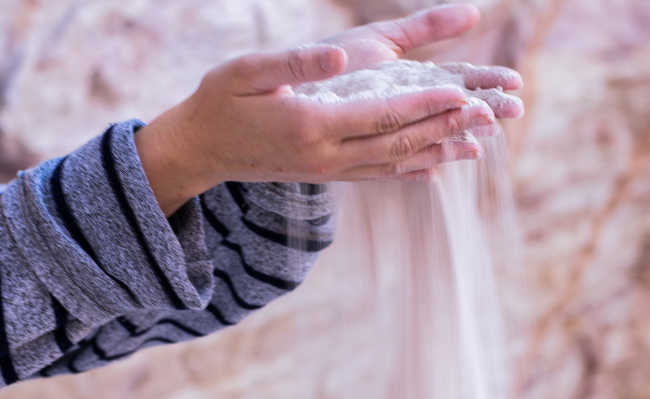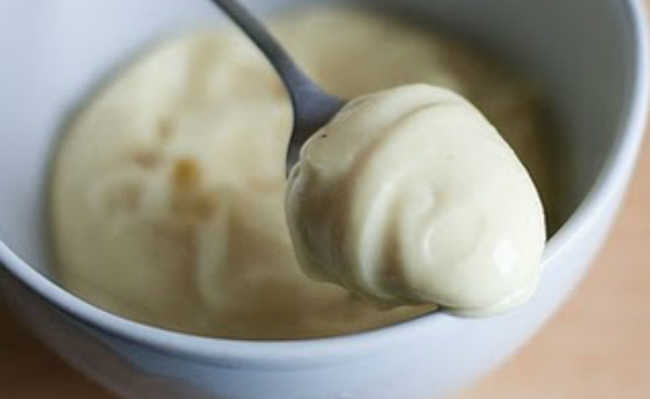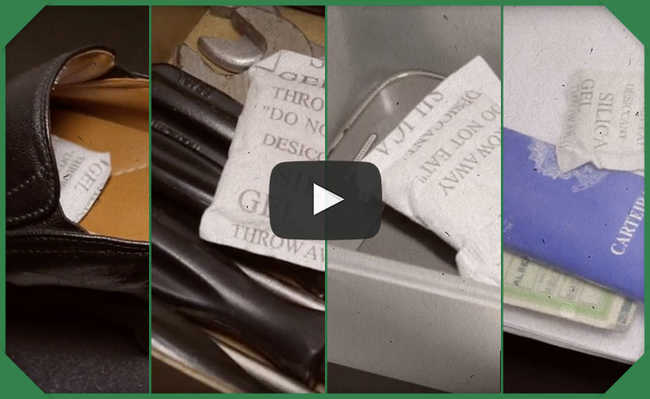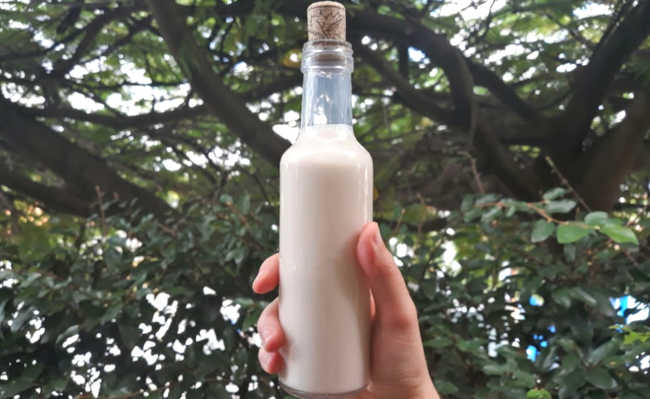Coffee grounds: 13 amazing uses
Coffee grounds can have a sustainable fate by fertilizing the soil, warding off fleas or even exfoliating your skin

The coffee grounds are the leftovers of one of the favorite drinks of Brazilians, the famous cafezinho.
- Eight Incredible Coffee Benefits
We are the second largest coffee consumer in the world! But what not everyone knows is that, if thrown in the garbage, coffee grounds decompose and release greenhouse gases, such as methane, whose effect is 20 times more powerful than that of CO2 on global warming.
- What is global warming?
However, all is not lost. It is possible to avoid the emission of these gases through composting or, at least, extend the life of the coffee powder with simple actions, such as using the coffee grounds to fertilize the soil, making an exfoliating mask, a natural flavoring and even a non-toxic ink.
13 ways to enjoy coffee grounds
1. Fertilize the soil
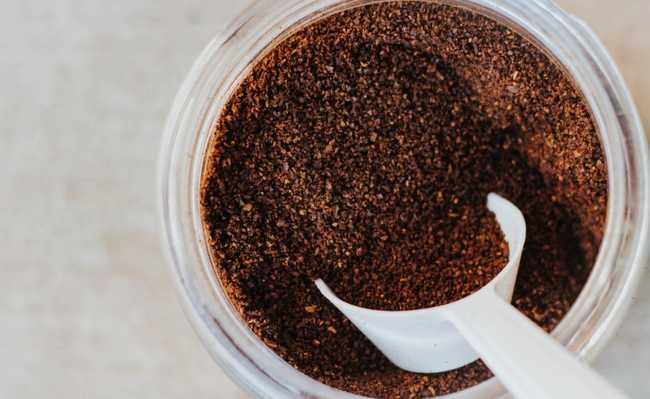
Edited and resized image by Andrea Tummons is available on Unsplash
Coffee grounds provide important nutrients for the soil. It is rich in carbon, nitrogen and organic matter. However, for fertilization, it is not advisable to place it directly in the soil, as the decomposition process of this organic matter will consume nitrogen, thus removing its function as a fertilizer. So, an alternative to prevent decomposition is to balance these nutrients by mixing the coffee grounds with other fertilizers or fertilizers that have nitrogen and are richer in potassium and phosphorus, such as animal manure. If you prefer, replace the manure with fruit and vegetable peels, leaving it to ferment for approximately 60 days before applying it to the soil.
Another way to use the coffee grounds as a fertilizer, milder, can be to mix (just the coffee grounds) with water, in the proportion of 100 grams of coffee grounds to one liter of water. Spray the mixture into pots or beds.
In addition to making plants more productive, reusing coffee protects them, as it is a great repellent for certain types of larvae, snails and slugs; in addition to eliminating bacteria and other harmful micro-organisms to the soil. To do this, sprinkle some of the coffee grounds on the base of the plants.
- Six Ways to Turbocharge Coffee
- Does green coffee really get thin?
- Discover benefits of green coffee oil
2. Scare away the fleas

Edited and resized image by Simone Dalmeri is available on Unsplash
Fleas are a common problem in pets - and treating them can be expensive. There are several flea removal products on the market, but many contain aggressive chemicals and can produce unwanted side effects.
Fortunately, fleas don't seem to like coffee. To rid your pet of these insects, rub coffee grounds in light strokes across your pet's skin after bathing. Then wash and let your partner dry as usual.
Coffee grounds also provide softness and shine to the coat, but there is little or no research to support any of these claims.
However, coffee grounds can be less effective than a prescription product, so if your pet has fleas and this treatment doesn't work, seek veterinary help. Furthermore, the coffee grounds should only be used externally. It can be toxic to pets.
- dog paw requires care
- How to make dog toothpaste
3. Neutralize odors
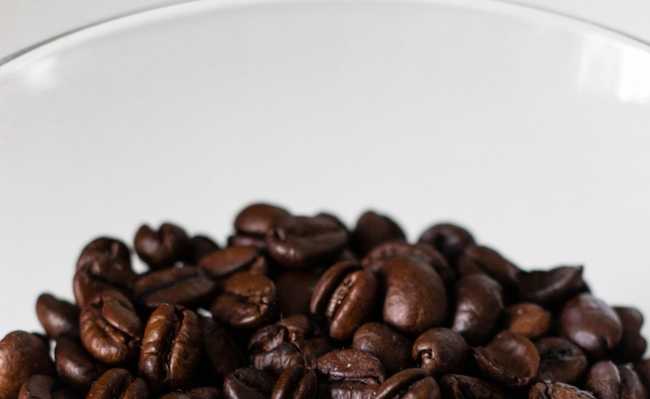
Edited and resized image by Niclas Illg is available on Unsplash
Coffee grounds contain nitrogen, which helps to eliminate sulfuric gas from the air when it is combined with carbon (see study on this: 1), helping to eliminate bad odors.
- Know the risks of synthetic room flavoring
- How to make natural essence for room flavoring
In a bowl, let the coffee grounds dry in the sun. Then place in fridge or freezer to neutralize food odors.
You can also stuff old socks or those torn pantyhose with coffee grounds and tie them together to make portable air fresheners. Another option is to make arrangements with herbs and coffee grounds and spread them around the house (except in the bedroom, as the coffee aroma is stimulating and can interfere with sleep).
You can even leave the coffee powder in the sink and use it to rub your hands after chopping garlic or onion.
4. Make a natural cleaning product
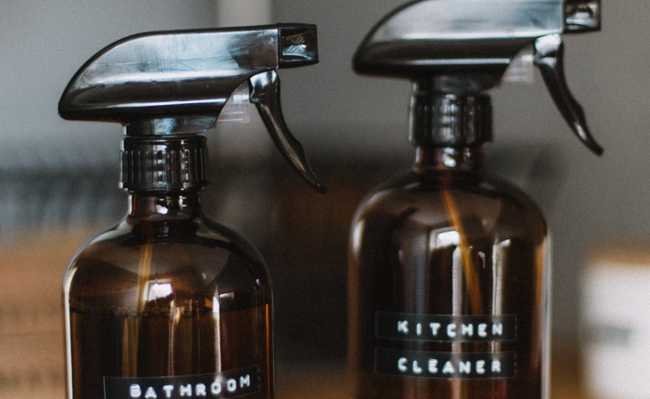
Edited and resized image by Daiga Ellaby, is available on Unsplash
Coffee grounds are abrasive and can help remove dirt build-up on hard-to-clean surfaces. In addition, it also has antibacterial and antiviral properties (see study about it here: 2).
Use the sludge to clean the sink, polish the pans or clean the grill. Just be careful not to use it on any kind of porous material as it can cause stains.
5. Exfoliate the skin
The coarse particles in the coffee grounds act as an exfoliating agent that helps to remove dirt and dead skin cells.

Edited and resized image of Jessica Felicio, is available Unsplash
Mix the coffee grounds with a little water or coconut oil and rub gently with your hands directly into the face and body (learn the benefits of coconut oil for the skin in the matter: "Coconut oil: benefits, what is it for and how to use"). Coffee grounds can also increase blood flow, which helps the overall health of the skin (see study about it here: 3).
- How to do a natural deep cleansing skin
- How to make a natural skin cleanser with two ingredients
6. Reduce the appearance of cellulite
Cellulite is a condition that gives the skin an uneven, dimpled appearance. It appears when fat deposits cross the connective tissue under the skin. Applying the coffee grounds to the cellulite site can break down this fat and increase blood flow to the area, thus decreasing the appearance of cellulite (see study on this: 4).
- How to cleanse the skin with clay
Just mix coffee grounds with water or coconut oil and rub for ten minutes, twice a week, on all areas affected by cellulite.
7. Use as a natural pigment
If you've ever spilled coffee on a white shirt, you know it can leave a stain.
Coffee grounds (wet) can serve as an inexpensive, all-natural dye that can be used to color cotton, rayon, cellophane, linen, and paper (see study about 5).
This is an easy way to give fabrics and paper an appearance vintage or disguise existing stains on your clothes and towels.
8. Stimulate hair growth
Several studies carried out in test tubes have found that caffeine, like coffee grounds, stimulates human hair growth (see studies about it here: 6, 7, 8). Apply the coffee grounds in a circular motion to the scalp up to twice a week.
9. Repair scratched furniture
If you have wooden furniture, you've probably noticed that it can be easily scratched. To alleviate this problem, make a thick paste with coffee grounds and water.
Then rub the paste into the scratch using a cotton swab, let it sit for five to ten minutes, then wipe it off with a cotton cloth. This should help to hide the risk.
10. Make a pest repellent
When using chemical repellent, it is necessary to consider that, although effective in combating pests, it has a longer survival time on land, can kill other insects that are beneficial to the crop and harm the quality of the plant. To avoid these inconveniences, a good option is to use the coffee grounds as a repellent, especially if you have ground the coffee yourself - it becomes even more effective in combating pests. To do this, just spread some coffee grounds on the desired area - insects such as ants will quickly disappear.
- Learn how to make natural insecticide and pest control in the garden
11. Use in composting
With the coffee grounds added to the compost pile, it will give off a milder smell, be warmer and retain moisture. For greater effectiveness, it is recommended to add dry leaves, which avoid bad smell, and sawdust, to reduce humidity.
12. Attract earthworms
Earthworms love coffee grounds. For this, in addition to the rest of the coffee beans, add leftovers and food husks and sawdust. In this way, you will invite a batch of worms into your garden, which will make it more nutritionally rich. Precious tip: earthworms love old coffee grounds. The smell of fermentation and mold is their favorite.
- Earthworm: environmental importance in nature and at home
13. Put on the ground
If you are thinking of building or increasing a flower bed or repairing some part of your garden, coffee grounds are a good choice. Soil and soil must be mixed in a one-to-one ratio. After mixing, wait approximately 60 days to plant any seed or vegetable.




